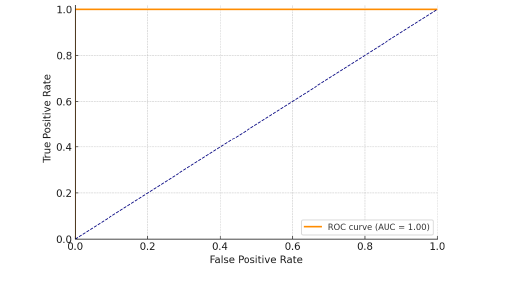Pharmacophore Modeling of New Antitubercular Compounds
Keywords:
- Pharmacophore Modeling, Antitubercular Agents, Virtual Screening, ADMET, Molecular Docking
Abstract
The constant risk of tuberculosis (TB) with its dangerous forms of drug resistance, including MDR-TB and XDR-TB, requires new approaches to treatment. The paper also utilizes a full-scale computation in the search of new antitubercular agents based on pharmacophore modeling. Ligand-based pharmacophore model (Hypo-1) was also generated using a curated set of 150 active molecules, which had five important features, including hydrogen bond acceptor, hydrogen bond donor, hydrophobic region, aromatic ring, and positive ionizable group. The virtual screening of 10000 compounds on the ZINC database was done using the model, which as a predictive model gained an AUC of 0.91. Pharmacophore fit scores, affinity of docking to InhA enzyme and ADMET profiling have led to top candidates’ selection. All five compounds were of good binding affinity and drug-likeness in addition to good pharmacokinetic results especially ZING000001 and ZINC000002. All these findings are pointing toward the finding that combined pharmacophore-docking-ADMET is a viable and feasible methodology of lead prioritization in terms of further experimental validation against TB.






